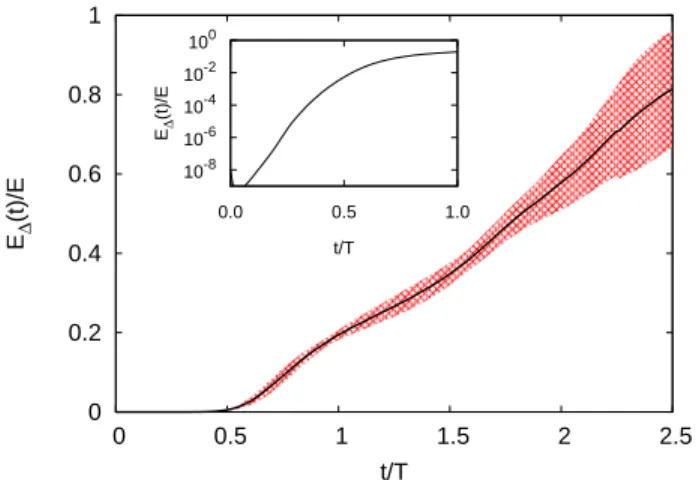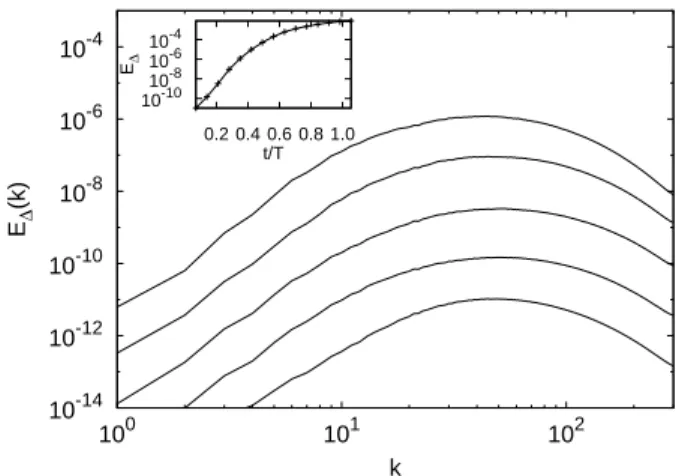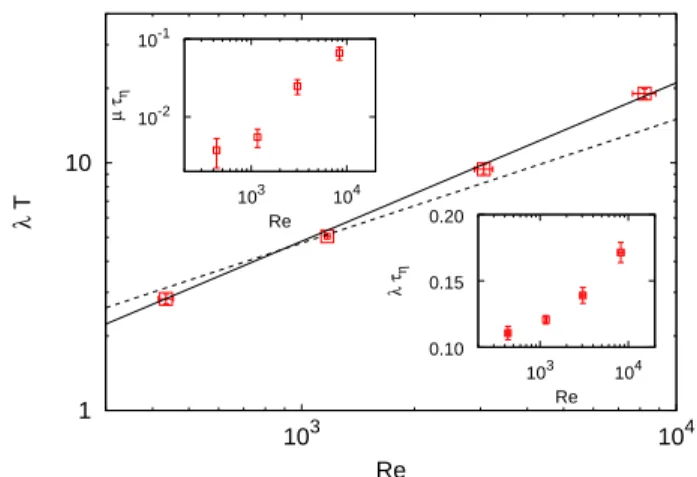Chaos and predictability of homogeneous-isotropic turbulence
Texte intégral
Figure



Documents relatifs
However in all these approaches [12, 9, 29, 30], the pair (A, C) is completely detectable, and the feedback control laws determined in [6, 12], in the case of an internal control,
The aim of this work is to present some strategies to solve numerically controllability problems for the two-dimensional heat equation, the Stokes equations and the
We show the existence of long time averages to turbulent solu- tions of the Navier-Stokes equations and we determine the equa- tions satisfied by them, involving a Reynolds stress
It appears than even in the simplest case, namely IMHDT without kinetic and magnetic helicities or a mean magnetic field, two different inertial scalings are found for the spectrum
We prove a posteriori error estimates which allow to automatically determine the zone where the turbulent kinetic energy must be inserted in the Navier–Stokes equations and also
The main objective of the present work was to develop a finite-element algorithm for solving the two-dimensional incompressible Navier-Stokes equations with Canalis force, based
In this paper, we establish a small time large deviation principle (small time asymptotics) for the two-dimensional stochastic Navier–Stokes equations driven by multiplicative
They are entirely devoted to the initial value problem and the long-time behavior of solutions for the two-dimensional incompressible Navier–Stokes equations, in the particular